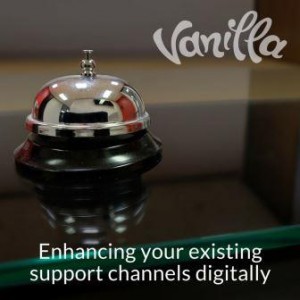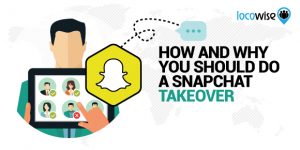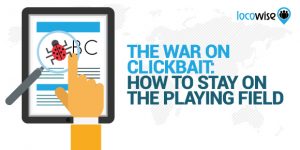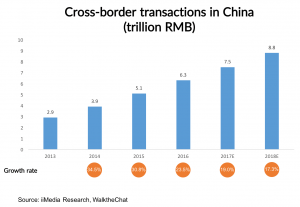When creating landing page content, there are some simple elements that will help you drive more conversions. While not universal truths that never change, these elements are prevalent in high converting pages, and common enough to see patterns to help you drive your own successes.

1. The Killer Headline.
It is no secret today, most readers will not spend a lot of time with your copy. Sorry. They will however, scan your page to see if they are interested – giving your headlines and callouts (subheaders, CTAs, bullets, lists) more of the true power. Spend ample time to craft a title that engages and tantalizes – then, use your deeper in-page subheadings and call outs to re-emphasize and support your sales point/benefit(s). Make it very easy for your user to scan, agree, and take the next step – which all starts with a headline that kills it…being concise, clearly worded and supporting/illustrating the main benefit promised by your product/service offer. Support the main title with the subheadings and callouts, and your scanning users will be satisfied, and more prone to take action.
2. The Hero Image.
In scanning a landing page, your hero image is a simple way for your users to connect (or not) in seconds. The selection of your image is a crucial element to a successful landing page, and can literally mean the difference to your ROI. Selecting the right models in the right setting will convey a “feeling” on your landing page, which will help prompt a user to action. Match the hero image to the persona driving your project: are they old, young, active, or what would make an ideal setting/capture? If you have a product, does showing it, or showing people using it work better? Test your image selections to find the ideal, but look for large, clear, high quality images, always. Don’t skimp on image quality or design: pictures, sell.
3. The Benefits Stated.
In solid copywriting, the writer will illustrate the benefits of a product/service more than simply stating the facts. If you are selling weight loss supplements, you can highlight how increased energy and improved self-esteem can open doors; a sports drink supplier may talk about how their product allows longer hours on the field; a dentist’s office can talk about how proper cleanings can avoid costly repairs. So look at the bullet list that makes up your product or service, and consider how these would play out for the user: illustrate it, using the benefits achieved, not the actual bullet points of the product/service. Another smart way to do this, is using testimonials to allow customers to explain the benefits they personally found, which becomes a very powerful sales conversion tool.
4. The Simplicity Nuanced.
Landing page copy needs to be simple and direct – KISS – keep it simple stupid, is a fine policy to adopt in landing page content. Use short sentences, and uncomplicated language: it does no good to confuse or intimidate your user. A paragraph should stay under about 4 lines of text. Sentences should vary in length, but stay short. Use common words that are not challenging. It is also important to avoid some of the buzzwords and clichés that “simple and common language” would suggest. Users are numb to overused, hollow statements like “industry leading” “world class” “game changing” and other superlatives that do not convey any true value…these words only pad your word count and dilute your meaning. The simplicity of your message can be carried out using other standard copywriting techniques, like using subheadings, CTAs and bullets to make your content easily digested in a glance…and together, your page should be visually tight and simple to scan. Upon deeper engagement it will be easy to read and clear to understand. Grammar rules can be ignored, if your simplicity is answered.
5. Strong Action Words.
A landing page is all about the call to action, so how are your presenting yours? Choose strong action words that illustrate the change the user will experience. Buttons with commands like “Take Control Now” “Claim Your Prize” or “Start Earning Today” will resonate more than a simple “Click Here” will do for you. You are suggesting that the action users take will have a positive effect, so drive it, simply. CTAs make an excellent place to insert strong action words, and help you push the user toward the conversion.
6. Support with Specifics.
If you have statistics or numbers supporting your offer, use them. Statistics are easy to digest in a glance and powerful motivators. Numbers of satisfied customers, units sold, pounds lost – there are many ways you might be able to weave in statistics to make your offer more solidly received. This will take the ambiguity out of some statements as well: “hundreds of satisfied customers” is much different than saying “We raised revenues for 275 customers by an average of 35%.” Statistics need to be accurate, and verifiable – fudging your stats or faking success can backfire quite horribly, so don’t do it. However, accurate statistics don’t necessarily need to be your own: find government or industry stats to support your sales pitch, and cite your sources…third-party corroboration lends another sense of importance to your offer. Testimonials are another great way you can use simple, specific statements to illustrate the benefits of the offer. Statistics and testimonials are great support to your overall message, because they do not need a ton of real estate to make an impact, and can make great highlights and call outs to underscore the sales pitch.
7. Test, Retest, and Test Again.
Ultimately, the answer to your best converting content is not going to be an obvious answer. Each element, from your killer headline to your hero image, your body content, your callouts and CTAs, needs to be tested, retested and tweaked again to find the right balance. Successful landing pages are rarely going to be so, the first time out – it is an iterative process, where you test, measure, recalibrate and re-measure…then rinse and repeat. Just be sure your tests are properly isolating the elements you are testing, and giving you a clean read on the results. Look for powerful, concise wording in all the call outs, CTAs, headings and titles – these are generally the best places to see results in simple tweaks. Trust the data, not what you like best.
Deciphering a successful landing page is kind of like balancing an algebraic equation. Each variable needs to be understood on its own merits, and then used in a very precise way to come up with the right answer, every time. The difference is that in algebra, there is only going to be one right answer, and in conversion optimization, there may be many ways for you to reach your goals. In both though, the only way to know if you are truly on the right track is to test your theories, and trust the results.
(190)








